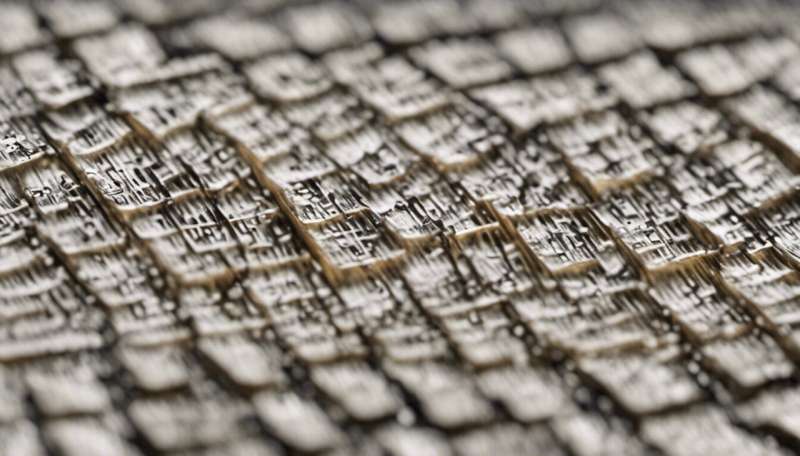An open source toolbox for pure mathematics

The field of pure mathematics has always depended on computers to make tables, prove theorems and explore new theories. Today, computer aided experiments and the use of databases relying on computer calculations are part of the pure mathematician's standard toolbox. In fact, these tools have become so important that some areas of mathematics are now completely dependent on them.
More recently, computers have been increasingly used to support collaborative work with the emergence of a wide array of open source tools geared towards supporting research in pure mathematics. These programmes include such computational tools as GAP, PARI/GP, LinBox, MPIR, Sage and Singular, along with online databases like LMFDB – all of which are further enhanced by the Jupyter platform for interactive and exploratory computing within the sciences.
An ecosystem of collaboration
Despite the many benefits of such open source programmes, their development has been restricted due to limited funding and an inability to link individual programmes. That's why the EU-funded OPENDREAMKIT project is working to support the ecosystem of open-source mathematical software systems. Specifically, the project aims to promote the technological development of open source programmes for use in mathematics by, for example, improving User Interfaces (UI) and lowering the barriers between various research communities. It is also seeking to streamline access, distribution and portability on a wide range of platforms – including high performance computers and cloud services.
The core component of the project is the creation of Virtual Research Environments (VRE), or online services, that enable groups of researchers located anywhere in the world to work collaboratively on a per project basis. To do this, OPENDREAMKIT is taking such popular software-based mathematic apps as MathHub and SageMath and adapting them for use in the interactive, collaborative open source environment. The end result will be a flexible toolkit that enables researchers to set up customisable VREs capable of supporting the entire research life-cycle.
Unifying the building blocks
Over 50 people spread across 15 European sites are busy working on the OPENDREAMKIT toolkit, which will consist of community-developed open software, databases and services. The team started its work by defining an innovative, component-based VRE architecture by adapting existing software, databases and UI components for the mathematics sector. The project also involves the input of leading mathematicians, computational researchers and software developers, thus ensuring it supports actual research needs.
In the end, the toolkit will improve and unify such existing building blocks as LinBox, MPIR, SageMath, GAP, PariGP, LMFDG and Singular, along with extend the Jupyter Notebook by giving it a flexible UI. The ultimate goal is to make it as easy as possible for research teams of any size to quickly set up a customised, collaborative VRE tailored to their specific needs, research and workflow. Project organisers are confident that, as a result of the OPENDREAMKIT toolkit, these VREs will play a substantial role in improving the productivity of researchers in pure mathematics and applications by promoting collaboration on data, knowledge and software.
Collaborating to create a comprehensive maths atlas
In addition to the core objective of building an open source toolkit, the OPENDREAMKIT project is also collaborating with other similar projects. For example, it recently worked with international mathematicians from MIT and other institutions to create an online resource that provides detailed maps of previously uncharted mathematical terrain. The resulting 'L-functions and Modular Forms Database' (LMFDB) is a detailed atlas of mathematical objects that highlights deep relationships and serves as a guide to current research happening in physics, computer science and mathematics. The effort was part of a large collaboration of researchers from around the world.
More information: For more information please see the OPENDREAMKIT project website: opendreamkit.org/
Provided by CORDIS




















